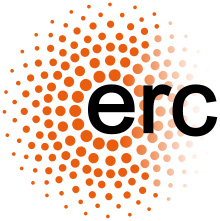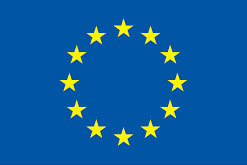PeV-Radio
IceTop, the cosmic-ray surface array of the IceCube Neutrino Observatory, is forseen to be enhanced to increase its accuracy and aperture. As part of this project, radio antennas shall be installed in addition to a planned upgrade with scintillation detectors. By adding the radio antennas, the accuracy will be further improved and the sky coverage increased such that the Galactic Center will be in the field of view. Using an optimized frequency band for the radio detection of atmospheric particle cascades (air showers), we expect to significantly lower the threshold of the radio technique for cosmic particles. In combination with the other detectors of IceCube we aim at unprecedented accuracy for the energy and mass of cosmic rays in the energy range where the transition from Galactic to extragalactic sources is presumed.
Next to a better measurements of the mass composition of Galactic Cosmic Rays and the search for mass-dependent anisotropies, we will also search for PeV photons from the Galactic Center as an exciting science case. This progress in detection techniques aims at understanding the yet unknown origin of the most energetic particles in our Galaxy. Depending on what these undiscovered sources are, we will have a chance to reveal the most powerful natural accelerator in our Milky Way.
The work of this project is done in collaboration with the IceCube group at the institute which has a leading involvement in the upgrade of the surface array by scintillators. As first step towards the realization of the radio enhancement, a prototype station of eight scintillation panes and three antennas of the SKALA type developed for the Square Kilometer Array (SKA) was installed at the South Pole in 2020. This station successfully measures the radio emission of air showers and data are regularly transferred by satellite to the North.
Open Positions:
- PhD student – starting in summer/fall 2020
- Master and Bachelor students are welcome anytime!
Please contact the project leader via email for further information:
Publications of this Project:
(partly or fully funded by the ERC Starting Grant PeV-Radio)
Science Case of a Scintillator and Radio Surface Array at IceCube, Frank G. Schröder for the IceCube Collaboration, Proc. of the 36th International Cosmic Ray Conference (ICRC 2019), Madison, Wisconsin, USA, PoS(ICRC2019)418
Selected Publications Related about the Idea and Prototype Studies of the Project:
Physics Potential of a Radio Surface Array at the South Pole, Frank G. Schröder for the IceCube-Gen2 Collaboration, Proc. of ARENA 2018, Catania, Italy, EPJ WoC 216 (2019) 01007, doi:
https://doi.org/10.1051/epjconf/201921601007
Search for PeVatrons at the Galactic Center using a radio air-shower array at the South Pole,
Balagopal V., A., Haungs, A., Huege, T. et al. Eur. Phys. J. C (2018) 78: 111.
https://doi.org/10.1140/epjc/s10052-018-5537-2
Public Announcements Related to the Project:
Project Manager
Prof. Dr. Frank G. Schröder
(Assist. Prof., Univ. of Delaware, USA)
Email
Frank Schröder leads the ERC project PeV Radio as scientist at the Institute of Astroparticle Physics (IAP) at KIT Campus North. He also has a faculty position at the University of Delaware.
Project Funding
This project has received funding from the European Research Council (ERC)
under the European Union’s Horizon 2020 research and innovation programme
(grant agreement No 802729).

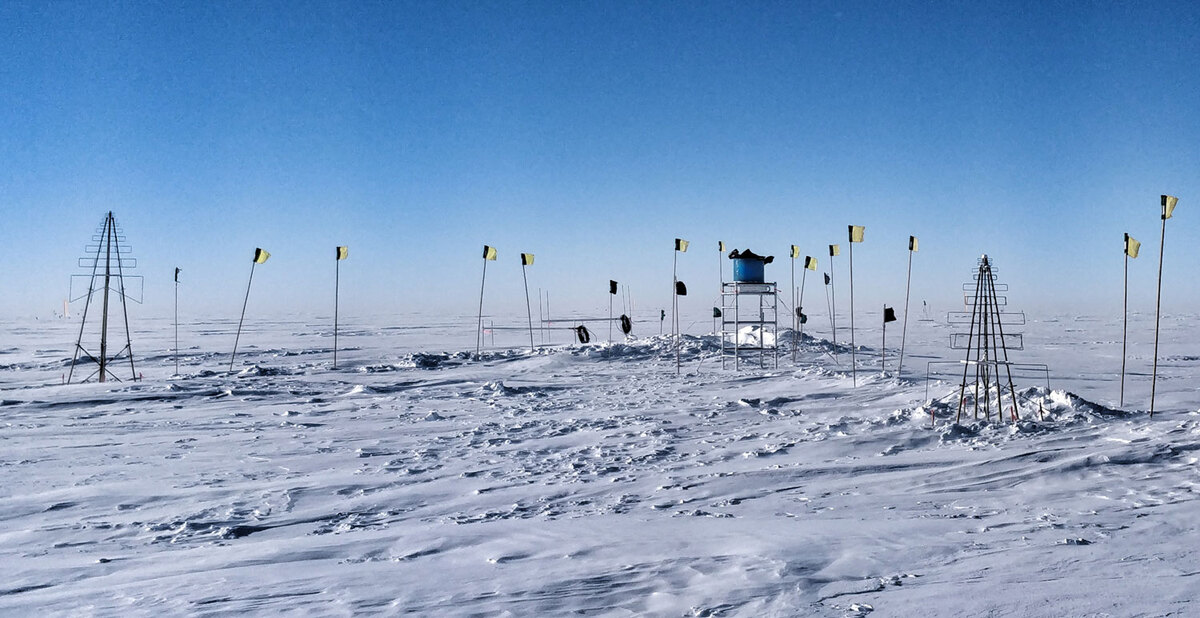
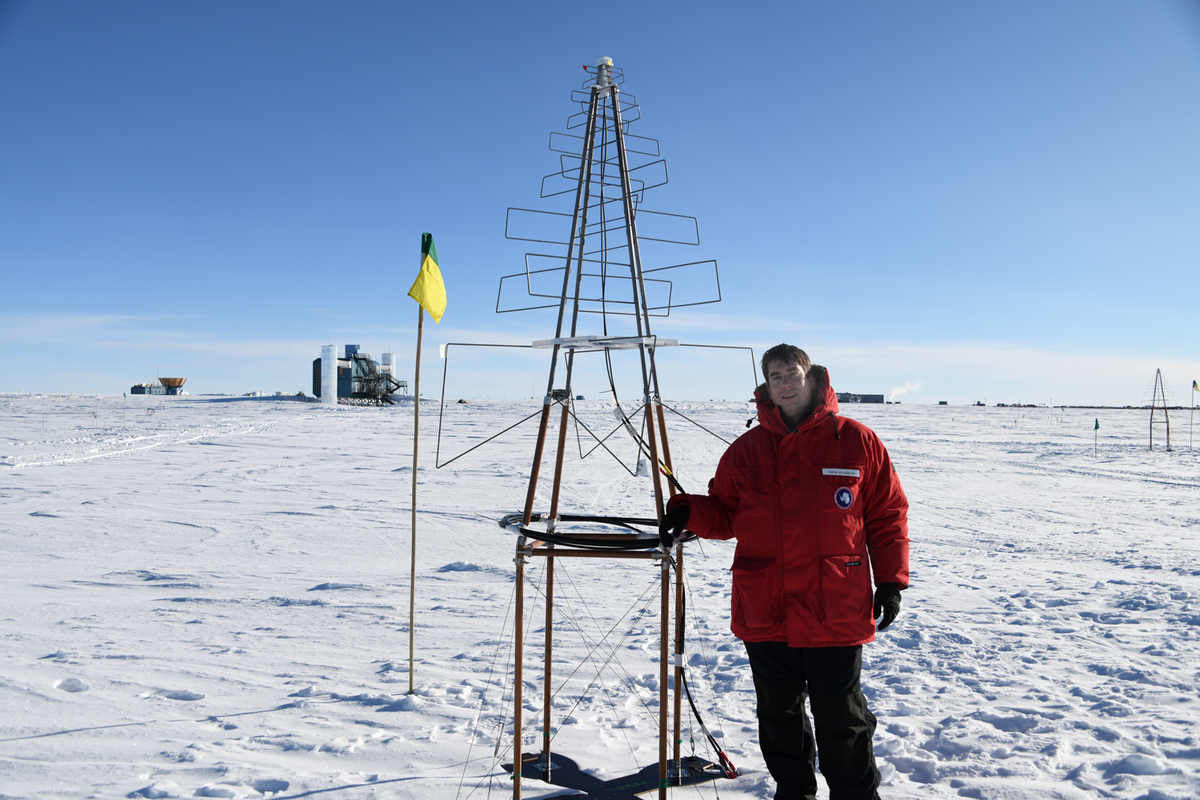
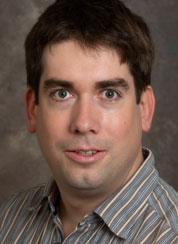 Prof. Dr. Frank G. Schröder
Prof. Dr. Frank G. Schröder